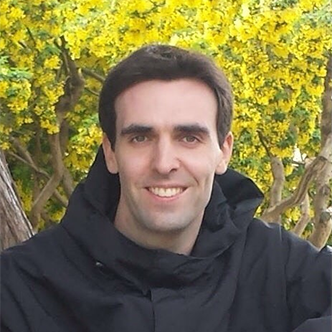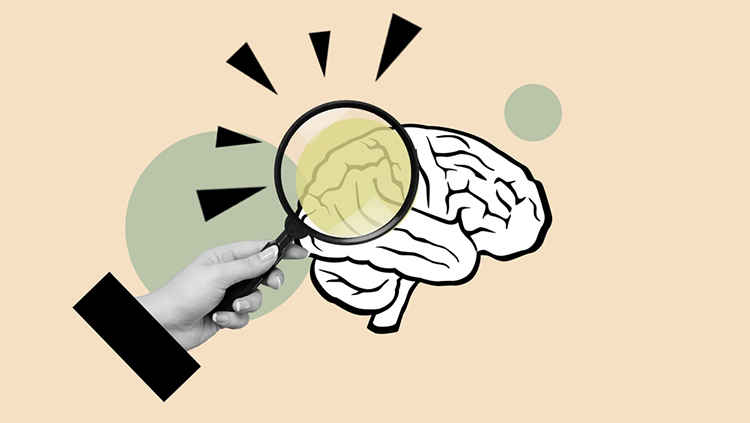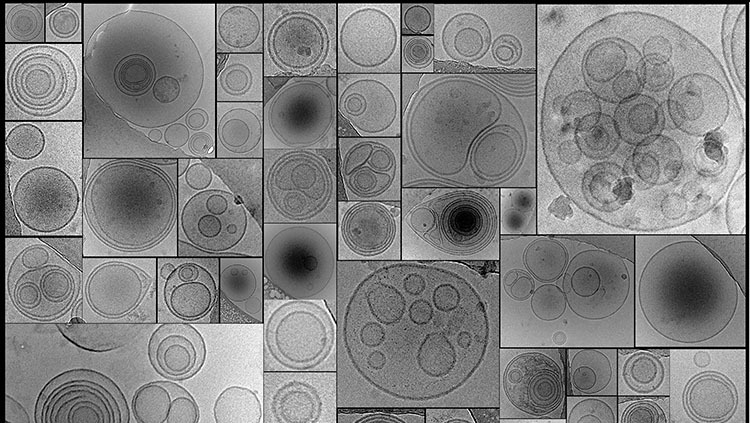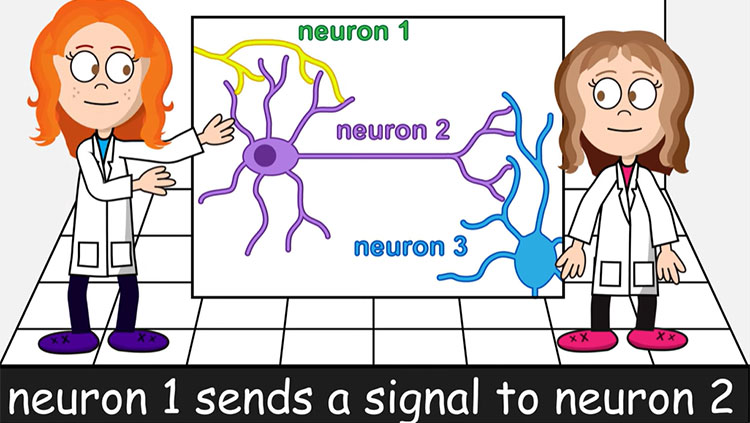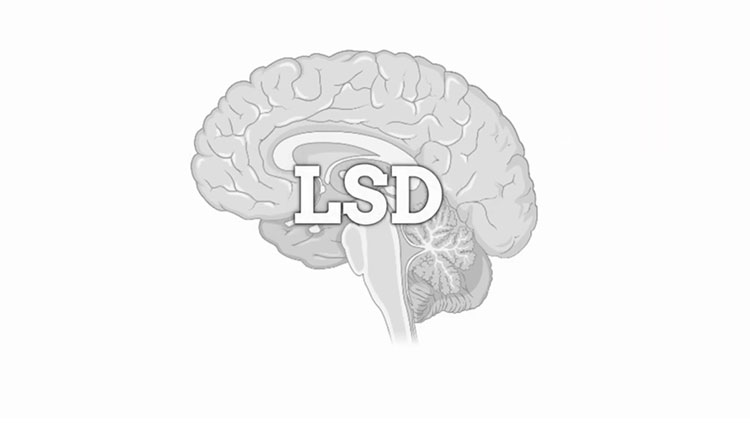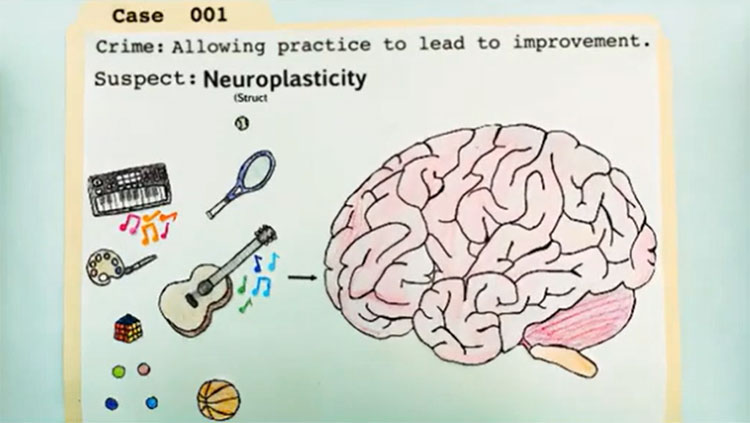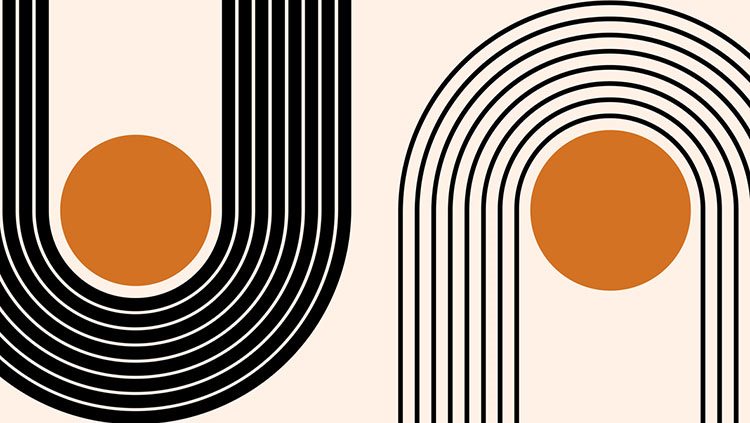Neuroblasts
- Published19 Sep 2017
- Reviewed19 Sep 2017
- Author Charlie Wood
- Source BrainFacts/SfN
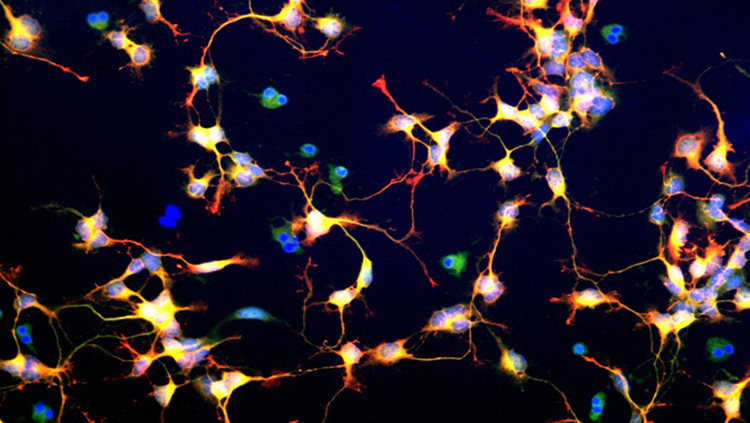
You may have been told you can become anything you want, but it’s doubly true for these neuroblasts. These immature neural cells can grow into anything from neurons to glia as they populate the diverse cells that composes the nervous system.
Neuroblasts feature prominently in the explosion of growth that takes place while embryos develop. But they also hang around into adulthood, helping the production of new brain cells and aiding recovery from brain injury and stroke. Researchers are hoping to use their accommodating nature to boost that regenerative ability. A 2013 paper reported the successful transformation of astrocytes — a commonly found support cell — into neuroblasts, a feat that some hope could someday treat brain injuries.
CONTENT PROVIDED BY
BrainFacts/SfN
Also In Cells & Circuits
Trending
Popular articles on BrainFacts.org


